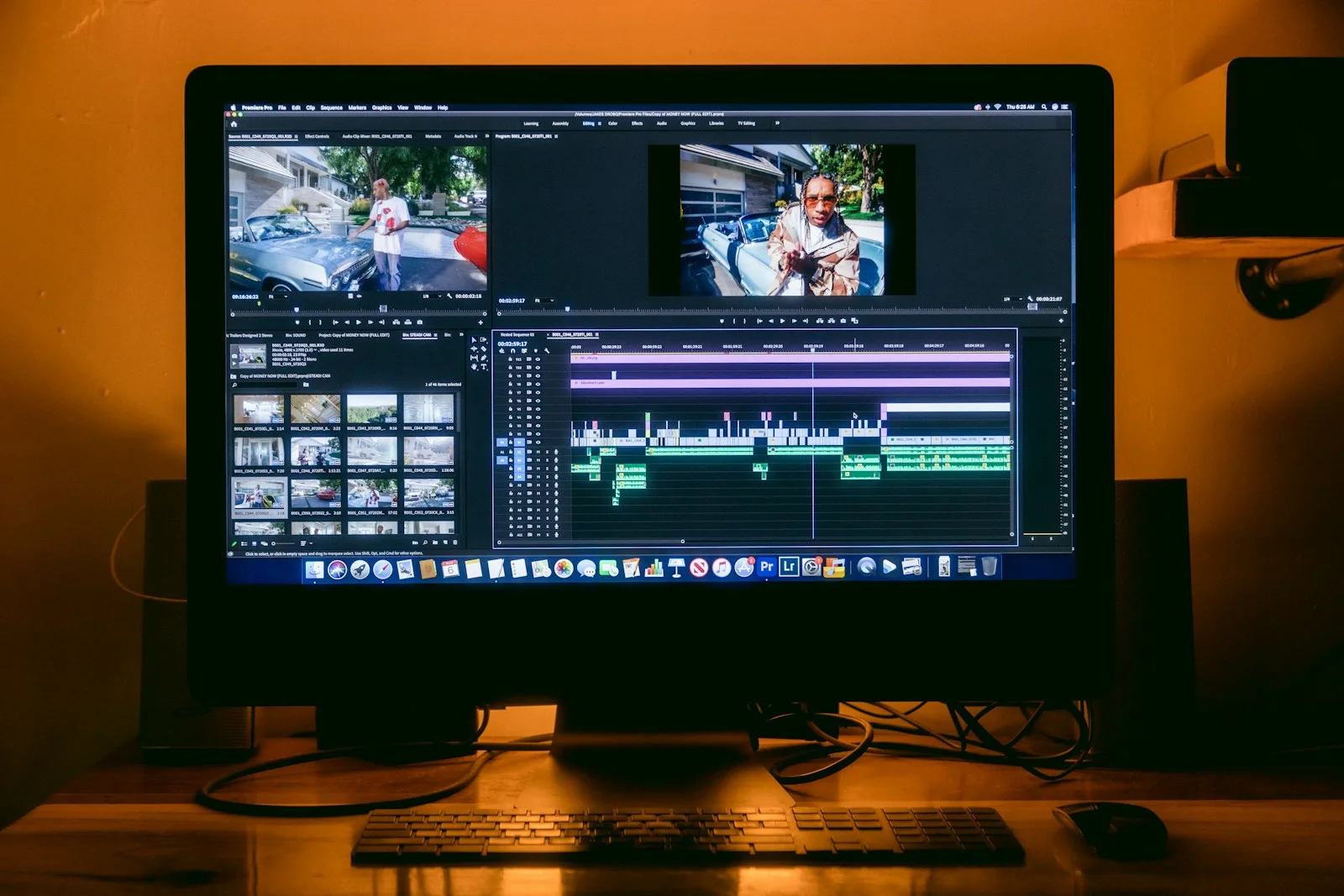
Choosing the right video editing software is pivotal for anyone involved in creating videos, whether you’re a beginner making personal projects, a content creator for social media, or a professional filmmaker. The vast array of software available can make the decision overwhelming. This guide will walk you through the key factors to consider when selecting video editing software, ensuring you find a tool that fits your needs and enhances your creative potential.
1. Ease of Use
User-Friendly Interface Consider how intuitive and easy to navigate the software’s interface is, especially if you are a beginner. Some programs are designed with professionals in mind and may be overwhelming for new users. Software with a straightforward layout and clear, accessible tools can significantly shorten the learning curve.
2. Feature Set
Essential Editing Tools Identify the essential features you need. Most editors will require basic functions like cutting, trimming, and layering tracks. However, advanced features such as color grading, special effects, and audio editing capabilities might be necessary depending on the complexity of your projects.
3. Compatibility and Format Support
Wide Range of File Formats Ensure the software supports a broad array of video and audio formats, so you don’t run into issues importing or exporting different types of media. This is particularly important if you’re working with various sources and cameras.
4. Performance and Speed
Resource Efficiency Video editing can be resource-intensive, especially when dealing with high-resolution footage. Consider the software’s hardware requirements compared to the specifications of your computer to ensure smooth operation. Look for software that offers proxy workflows or enhanced rendering options to optimize performance.
5. Integration and Workflow
Seamless Integration with Other Tools If you use other digital media tools, such as graphic design software or audio editors, check how well the video editing software integrates with them. Seamless integration can streamline your workflow and enhance productivity.
6. Cost
Budget Considerations Video editing software can range from free versions with limited capabilities to expensive packages with advanced features. Determine your budget and consider whether a subscription model or a one-time purchase fits better with your financial plans. Don’t forget to factor in potential upgrade costs and additional plugins you might need.
7. Customer Support and Tutorials
Accessibility of Learning Resources Good customer support and an active user community can greatly assist you in learning the software and troubleshooting issues. Check if the software provides comprehensive tutorials, user forums, and responsive customer service.
8. Reviews and Recommendations
Community and Critic Feedback Look at reviews and testimonials from other users, especially those with similar needs and backgrounds. Professional reviews can also provide insights into the software’s strengths and weaknesses.
9. Trial Versions
Try Before You Buy Most premium video editing software offers a free trial period. Utilizing this can help you get a feel for how the software meets your needs without committing financially.
10. Future Proofing
Updates and Scalability Consider whether the software is regularly updated with new features and security updates. It’s also important to choose software that can scale with your skills as you grow from a novice to a more experienced editor.
Conclusion
Selecting the right video editing software involves a balance of functionality, ease of use, performance, and cost. By carefully considering each of these factors, you can choose a tool that not only meets your current needs but also supports your future growth as a video editor.
